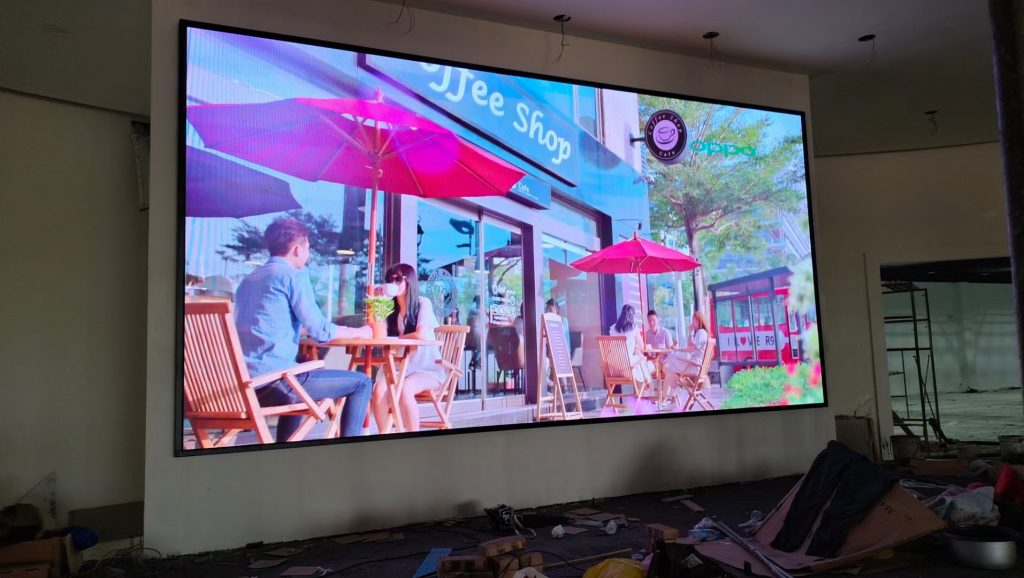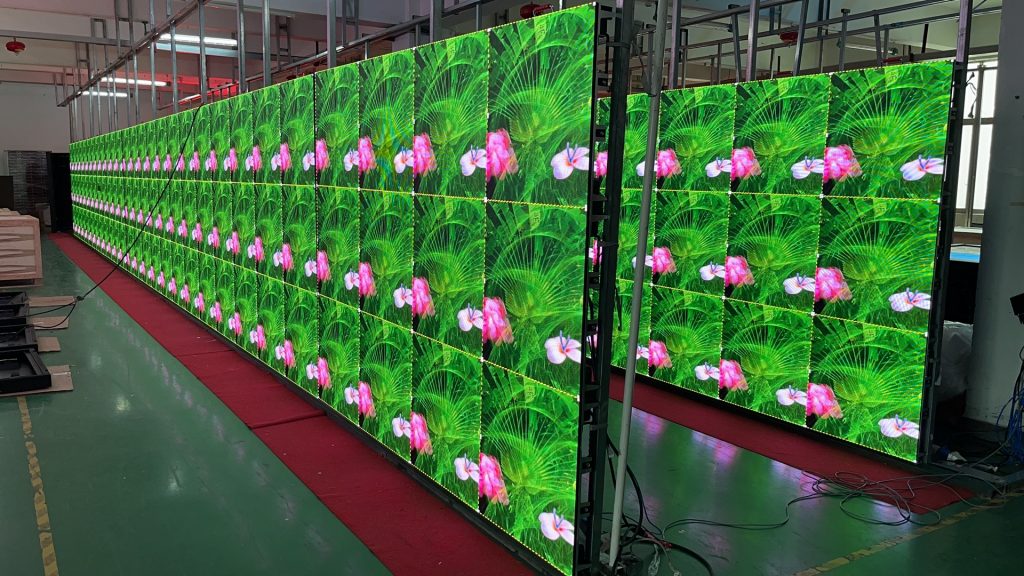When purchasing led display, have you encountered the following problems and stepped into a lot of misunderstandings? Think the higher the pixel pitch of the display, the better? The more expensive the better? The following is an introduction to some common misunderstandings when purchasing LED displays from LED display manufacturers.
1. Don’t just look at the price
Price may be an important factor affecting the sales of large LED screens. Although everyone understands the principle of getting what you pay for, but you will unconsciously move closer to low prices when choosing LED display manufacturers. The huge price difference causes customers to ignore the quality. However, in the actual use process, it may be remembered that the price difference is actually a quality gap.

2. “Same model” is not necessarily “same product”
In the process of selling large LED screens, I often encounter customers who say why your price is so much more expensive than others for the same type of display screen. As an LED display manufacturer, it is sometimes wrong, because the quotations to customers are quoted according to the channel prices provided by the company. After many data surveys and comparisons, we found that the so-called products of the same model are actually different.
Let’s take the P4 LED display as an example. Generally speaking, the P4 LED large screen refers to the pixel pitch of 4.0mm, but there is a display with a pitch of 4.81mm in the market, that is, a p4.81 display, which is unknown to the outside world. Customers, some salespeople used blindfolding, also claimed to be P4 full-color LED display. In this way, the price gap will be more obvious, and many unfamiliar customers think that they have bought a good product at a low price.

Three: Grayscale determination of LED display
Grayscale as a dual-primary and full-color display is an important indicator. There are many 16-level and 64-level grayscale displays on the market today pretending to be 256-level grayscale. Its control cost is only 1/5 of that of 256-level grayscale control. The simple method is to play a VCD of a relatively intense sports scene, and then record the brightness and clarity of the LED electronic display screen.
Fourth, the technical specification parameter value is not the higher the better
Generally, customers who purchase LED display will choose several manufacturers for evaluation, and then decide the LED large screen supplier. The two important things in the comparison are price and technical parameters. In the case of similar prices, technical parameters become the winner. Many customers think that the higher the parameter value, the better the quality of the display. Is that actually the case?
Let’s take a simple example, which is also an indoor P4 full-color display, in terms of the brightness value of the display. Some manufacturers will write 2000cd/square meter, and some manufacturers will write 1200cd/square meter. Isn’t that 2000 better than 1200?

The answer is not necessarily, because the indoor LED screen brightness requirements are not high, generally between 800-1500. If the brightness is too high, it will be dazzling and affect the viewing. In terms of service life, it is easy to overdraw the life of the display screen in advance if the brightness is too high. Therefore, the rational use of brightness is the correct solution, not the higher the brightness, the better.
The same model, but also some parameters, such as LED lamp brand/package, scanning method, power refresh rate, power consumption, grayscale, etc., the price of different parameters will be different.
Five: The production inspection cycle cannot be short
Many customers who buy LED full-color screens want to get the goods immediately after placing the order. We understand this feeling very well, but the LED large screen is a customized product, and it takes at least 48 hours for inspection and testing after the production is completed. The LED display is increased by 24 hours on the national standard, reaching 72 hours of uninterrupted testing.
There are generally two problems when the delivery time is too short: 1. Without sufficient testing and testing, the failure rate in later use will definitely be relatively high; Use products from different batches. In this case, the display screen will have obvious color difference, which greatly affects the display effect of the LED large screen.
Finally, LED display manufacturers remind you that when purchasing LED displays, you must first choose a professional and reliable business, and secondly, the best one is suitable for you.